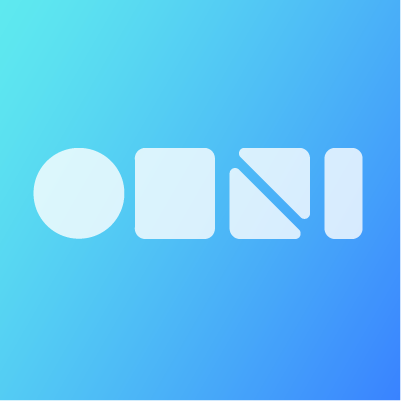OmniFocus 4.8.3: A Forced Leap That Drove Me to Things 3
The latest release of OmniFocus, version 4.8.3, landed on September 22, 2025, bringing a slew of refinements across platforms. From improved widget behavior and Quick Entry fixes on macOS to enhanced navigation and perspective management on iOS and iPadOS, the update is polished and forward-looking. But for users like me—those not riding the wave of Apple’s latest OS, macOS Tahoe—it’s a frustrating dead end.
A Format Shift That Broke Everything
OmniFocus 4.8.3 requires macOS 14 (Tahoe), iOS/iPadOS 17, and visionOS 2. That’s a problem. My aging Intel iMac runs Ventura, and my beloved MacBook Pro Retina is stuck on Big Sur. The new version of OmniFocus not only refuses to run on these machines—it also introduces a new data format incompatible with older versions. That meant I couldn’t sync or even open my existing database across my all devices. I was forced to abandon ship.
Goodbye OmniFocus, Hello Chaos
The consequences were maddening. I had to uninstall all previous versions of OmniFocus, purge my system of legacy data, and migrate everything to Things 3. That wasn’t just a switch—it was a full-scale adaptation. I had to reconfigure Things 3 to mimic the structure and behavior I’d perfected in OmniFocus over the years. Perspectives, tags, review cycles—everything had to be rebuilt from scratch.
A Decision Made in Frustration
I’m not happy. I’ve been a loyal OmniFocus user for years since OF1, and I would have preferred to stay. But the lack of backward compatibility and the complexity of reverting to the old format made it impossible. OmniFocus left me no choice. The transition to Things 3 wasn’t voluntary—it was survival.
Inspired by GTD Coach Meg Edwards
Ironically, my new setup in Things 3 is heavily inspired by GTD coach Meg Edwards, who—if rumors are true—has been a lifelong OmniFocus advocate. Thanks to her, her approach to task management with Omnifocus helped me recreate a semblance of order in Things 3. But it still feels like a compromise.
The latest release of OmniFocus, version 4.8.3, landed on September 22, 2025, bringing a slew of refinements across platforms. From improved widget behavior and Quick Entry fixes on macOS to enhanced navigation and perspective management on iOS and iPadOS, the update is polished and forward-looking. But for users like me—those not riding the wave of Apple’s latest OS, macOS Tahoe—it’s a frustrating dead end.
A Format Shift That Broke Everything
OmniFocus 4.8.3 requires macOS 14 (Tahoe), iOS/iPadOS 17, and visionOS 2. That’s a problem. My aging Intel iMac runs Ventura, and my beloved MacBook Pro Retina is stuck on Big Sur. The new version of OmniFocus not only refuses to run on these machines—it also introduces a new data format incompatible with older versions. That meant I couldn’t sync or even open my existing database across my all devices. I was forced to abandon ship.
Goodbye OmniFocus, Hello Chaos
The consequences were maddening. I had to uninstall all previous versions of OmniFocus, purge my system of legacy data, and migrate everything to Things 3. That wasn’t just a switch—it was a full-scale adaptation. I had to reconfigure Things 3 to mimic the structure and behavior I’d perfected in OmniFocus over the years. Perspectives, tags, review cycles—everything had to be rebuilt from scratch.
A Decision Made in Frustration
I’m not happy. I’ve been a loyal OmniFocus user for years since OF1, and I would have preferred to stay. But the lack of backward compatibility and the complexity of reverting to the old format made it impossible. OmniFocus left me no choice. The transition to Things 3 wasn’t voluntary—it was survival.
Inspired by GTD Coach Meg Edwards
Ironically, my new setup in Things 3 is heavily inspired by GTD coach Meg Edwards, who—if rumors are true—has been a lifelong OmniFocus advocate. Thanks to her, her approach to task management with Omnifocus helped me recreate a semblance of order in Things 3. But it still feels like a compromise.
Last edited:

